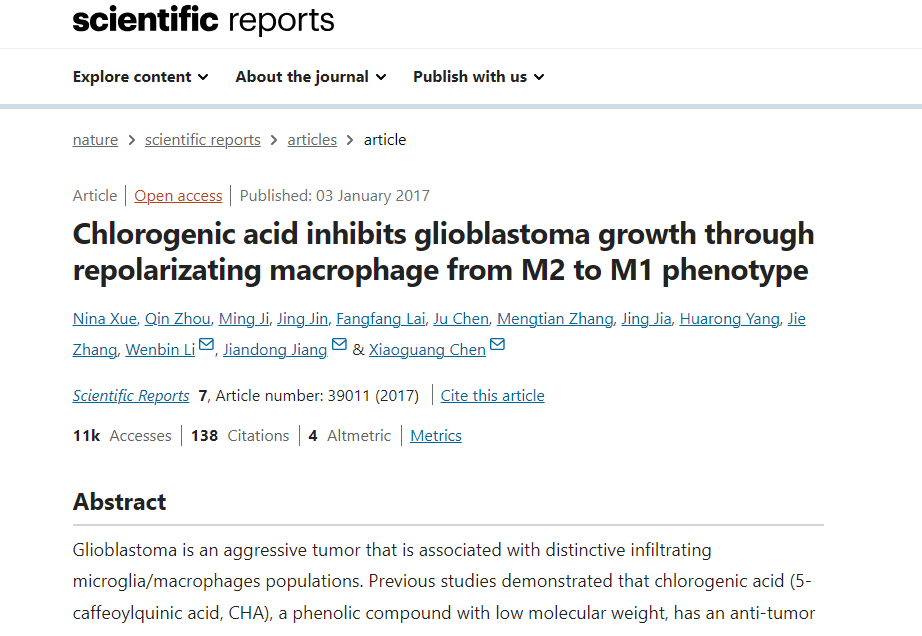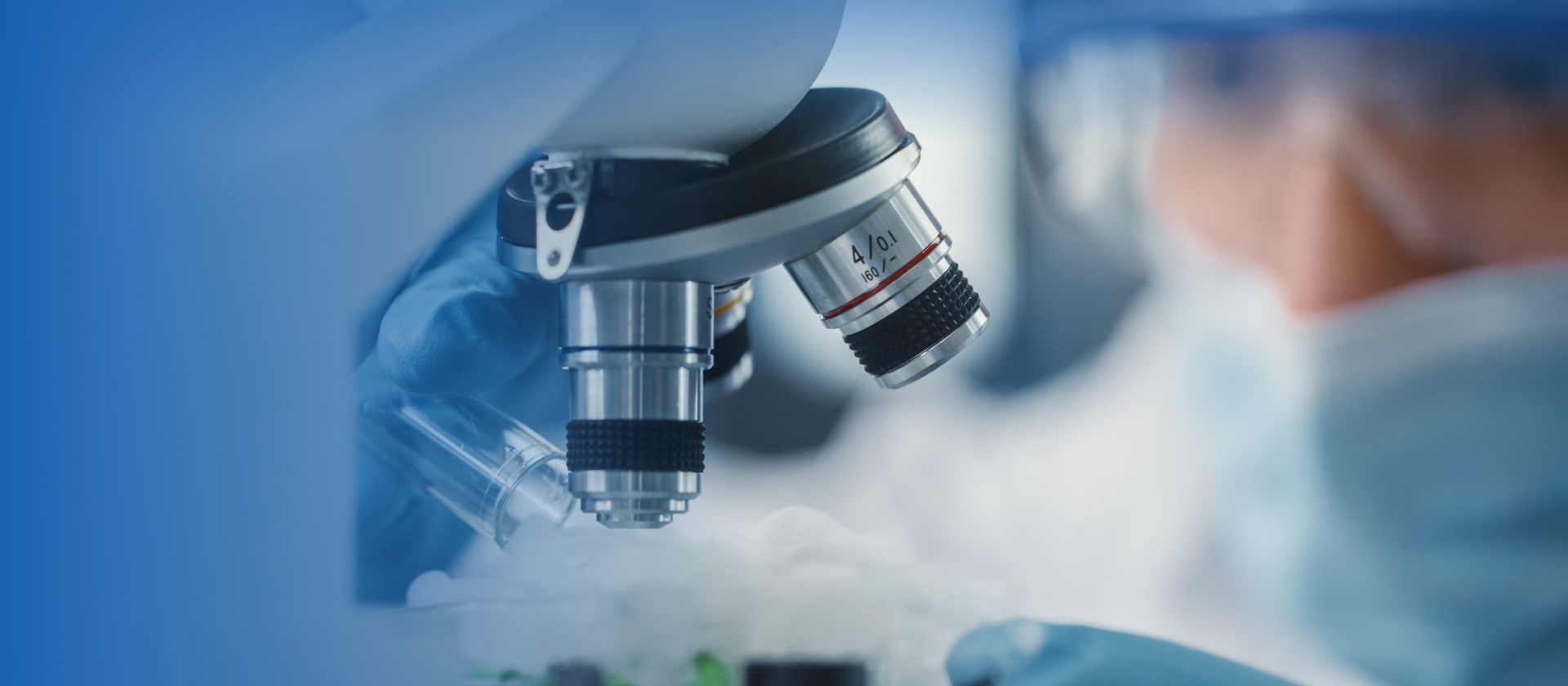An Important Achievement on the Mechanism of Treating Malignant Gliomas Published in a Renowned Journal
Sichuan Jiuzhang Biotechnology Co., Ltd. has established a strategic technical research and development cooperation relationship with the Institute of Materia Medica of the Chinese Academy of Medical Sciences (affiliated to the Chinese Academy of Medical Sciences; its academic and professional title system falls under Peking Union Medical College, and it is a national key drug research institution). The two parties jointly established the "Chlorogenic Acid Cooperative Development Project Committee" to jointly conduct research on the pharmacological mechanism of chlorogenic acid and promote the transformation of basic research achievements into clinical applications.
In early January 2017, the Institute of Materia Medica of the Chinese Academy of Medical Sciences, in collaboration with Sichuan Jiuzhang Biotechnology Co., Ltd. and the Department of Glioma at Beijing Shijitan Hospital, published an article titled "Chlorogenic acid inhibits glioblastomagrowth through repolarizating macrophage from M2 to M1 phenotype" in Scientific Reports. It elaborated and demonstrated in detail the mechanism by which chlorogenic acid for injection (developed by Sichuan Jiuzhang Biotechnology Co., Ltd.) promotes the apoptosis of malignant tumor cells and inhibits tumor growth. That is, through repolarization, it up-regulates the M1 phenotype of tumor-associated macrophages, inhibits the M2 phenotype of tumor-associated macrophages, and simultaneously promotes the transformation of M2 macrophages into M1 macrophages.
This research achievement is expected to lead the exploration direction of the mechanism of action of small-molecule natural immunotherapeutic drugs globally and initiate a new era in the treatment of malignant gliomas.

Abstract
Glioblastoma is an aggressive tumor that is associated with distinctive infiltrating microglia/macrophages populations. Previous studies demonstrated that CHA, a phenolic compound with low molecular weight, has an anti-tumor effect in multiple malignanttumors. In the present study, we focused on the macrophage polarization to investigate the molecular mechanisms behind the anti glioma response ofCHA in vitro and in vivo. We found that CHA treatment increased the expression of M1 markers induced by LPS/IFNγ, including iNOS, MHC II (I-A/I-Esubregions) and CD11c, and reduced the expression of M2 markers Arg and CD206 induced by IL-4, resulting in promoting the production of apoptoticlike cancer cells and inhibiting the growth of tumor cells by co-culture experiments. The activations of STAT1 and STAT6, which are two crucial signaling events in M1 and M2polarization, were significantly promoted and suppressed by CHA in macrophages, respectively. Furthermore, In G422 xenograft mice, CHA increased the proportion of CD11c-positive M1 macrophages and decreased the distribution of CD206-positive M2 macrophages in tumor tissue, consistent with the reduction of tumor weight observed in CHA-treated mice. Overall these findings indicated CHA as a potential therapeuticapproach to reduce glioma growth through promoting M1-polarized macrophage and inhibiting M2 phenotypic macrophage.


